#fossilized bivalve
Explore tagged Tumblr posts
Photo

Pleuromya costata Fossil Bivalve - Lower Lias, Jurassic, Gloucestershire, UK - Genuine Prehistoric Fossil
This is a genuine fossil specimen of Pleuromya costata, an extinct species of bivalve, discovered in the Lower Lias deposits of Gloucestershire, UK. Dating back to the Early Jurassic period (~200-180 million years ago), this bivalve lived in shallow marine environments that were rich in prehistoric marine life, including ammonites, belemnites, and early marine reptiles.
The fossil is well-preserved, showcasing the characteristic elongated shape and ribbed shell structure of Pleuromya costata. Fossils from the Lower Lias Formation provide vital insights into the marine biodiversity and sedimentary environments of the Jurassic period.
Key Features:
Species: Pleuromya costata (Prehistoric Bivalve)
Fossil Type: Bivalve Shell
Age: Early Jurassic (~200-180 million years old)
Formation: Lower Lias
Location: Gloucestershire, UK
Condition: Well-preserved, showcasing detailed shell structure and surface features
Authenticity: 100% genuine fossil, supplied with a Certificate of Authenticity
Photo: The item in the listing is the exact specimen you will receive
Pleuromya costata was a filter-feeding bivalve that thrived in Jurassic seas, playing an important role in ancient marine ecosystems. These fossils are highly collectible due to their scientific significance and their connection to the diverse marine life of the Jurassic period.
This fossil is an excellent addition to any fossil collection, natural history display, or educational exhibit. It also makes a fantastic gift for fossil enthusiasts, geologists, and those fascinated by prehistoric marine environments.
Additional Information:
Scale cube = 1cm for size reference. Please see listing photos for full dimensions.
This is a carefully selected, high-quality specimen.
Ships securely packaged to ensure safe arrival.
All of our Fossils are 100% Genuine Specimens & come with a Certificate of Authenticity
Fast & Secure Shipping – We take great care in packaging each fossil to ensure it arrives in perfect condition!
Own a rare and scientifically significant piece of prehistoric history – add this Pleuromya costata Fossil Bivalve from the Jurassic, Gloucestershire, UK to your collection today!
#Fossil Bivalve#Pleuromya costata#Jurassic Fossil#Lower Lias Fossil#Gloucestershire Fossils#UK Fossils#Prehistoric Marine Life#Fossilized Bivalve#Marine Fossil#Fossil Collecting#Authentic Fossil#Natural History#Fossil Specimen#Geological Collectible#Fossil Gift#Science Gift#Paleontology#Fossilized Shell#Jurassic Seas
0 notes
Text

Nototrigonia cinctura, fossil trigonid bivalve. Registration nos. P 105465 - P 105469.
108 notes
·
View notes
Text
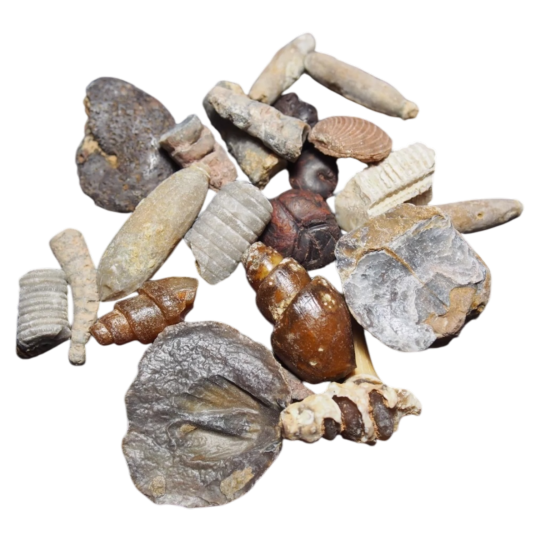
Mix fossils Ammonite Teeth Shark Gastropods lot Bivalve Goniatite Crinoide 11
#gastropods#ammonite#bivalve#goniatite#crinoid#multi#fossil#fossils#png#transparent#paleontology#paleo#paleoblr
139 notes
·
View notes
Text
March Madness: Bracket 1
It is officially time or March Madness! This year we are pitting the biggest of the big against each other (unless hey were in a previous March Madness. Sorry Argentinosaurus and Deinosuchus!). Remember, this is not about "who would win in a fight". These organisms have a lot more going for them than that.
So, without further ado here are the first two competitors: Campanile giganteum vs. Platyceramus platinus.

Campanile is the largest gastropod ever at a whopping 35 inches long. That is almost 3ft (1 m) long!
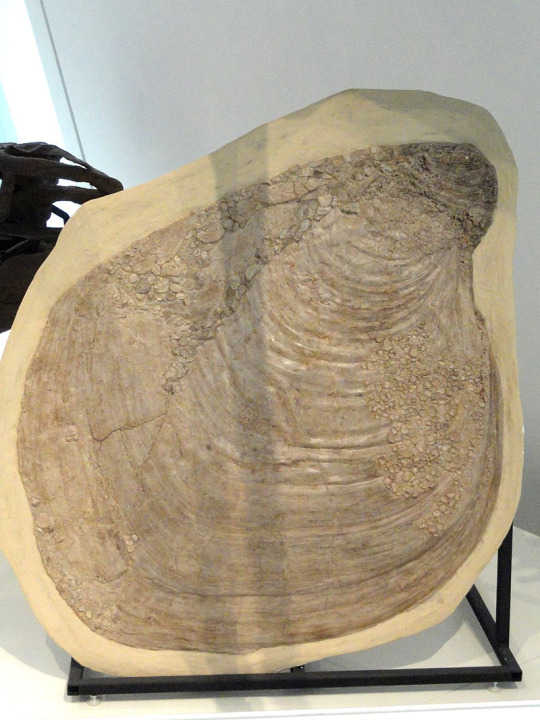
Platyceramus on the other hand is the largest bivalve ever. Typically around 3ft 3 in across, the largest one on record was over 9ft across!
Which of these shelled giants should move on the the next tier?
#paleontology#fossils#fun facts#march madness#science education#science#science side of tumblr#gastropods#bivalves
38 notes
·
View notes
Text

my fossils :)
got some shells, corals, ear bones, various scutes, bivalves and various animal teeth! i like to think about the "x" rock a lot and wonder what it is. right now i like to think it's a mark of predation of some kind.
#also just some fun rocks in there :)#i dont know what the big rock is but i like it. yay! its probably some bivalve impression but i like to imagine it's something else#fossils#i went back to the pit i got them from and threw a bunch back i just wanted to autism out and arrange some things i like
4 notes
·
View notes
Text







Illustration of Cretaceous Bivalvia (previously called Lamelliabranchia) by Thomas Alfred, Brock from the Monograph of Palaeontographical Society Vol. 63 (1909)
7 notes
·
View notes
Text









this is my team fossil propaganda
#guys i swear theyre cool#i swear im not biased bc im geologist#(i am)#artfight#artfight 2025#team fossils#fossils#rocks#ammonite#bivalve#crinoid
3 notes
·
View notes
Text
Fossil Decorations!
Here's some pictures of my fossil collection for using as decorations for ArtFight Team Fossils ::)
Long post with lots of images!
Crinoid stems





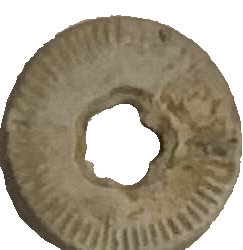





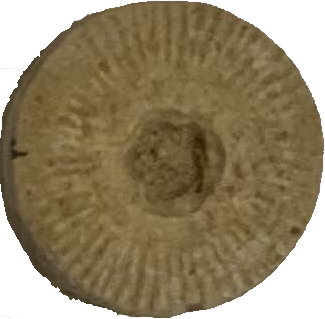
Bivalves


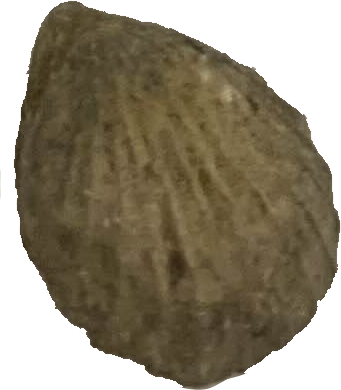



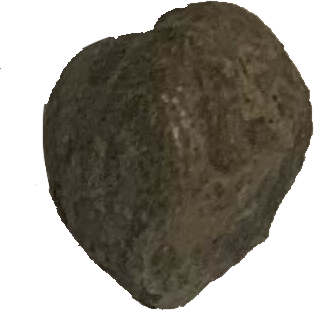
and whatever this is (seriously I have no idea)

#artfight#artfight 2025#web graphics#artfight graphics#team fossils#artfight team fossils#fossils#crinoid#bivalves#2701
2 notes
·
View notes
Text
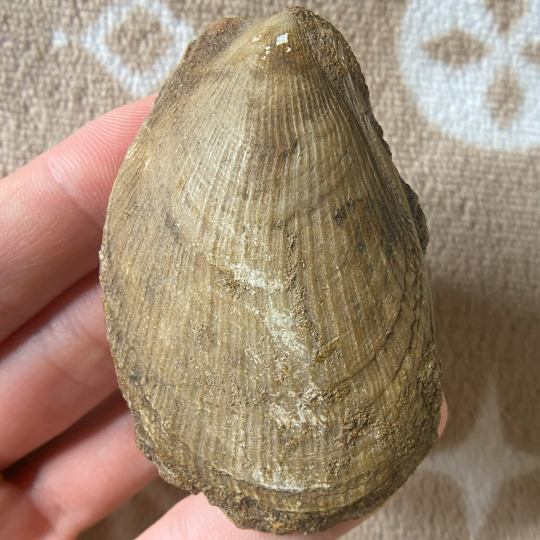
A bivalve fossil of an Antiquilima succincta from the Frodingham Ironstone in Coningsby, Scunthorpe, Lincolnshire, England. This Lower Jurassic aged bivalve is found in various regions of Europe.
#bivalve#fossils#paleontology#palaeontology#paleo#palaeo#antiquilima#limidae#jurassic#mesozoic#prehistoric#science#paleoblr#ミノガイ科#二枚貝#化石#古生物学
4 notes
·
View notes
Text
boy i love getting jumpscared by random raw chunks of unlabeled asbestos in the donated collections
#digging thru a box of fossil bivalves and suddenly *cave johnson voice* that’s asbestos#this happens frequently enough that there’s a ziploc of imprisoned asbestos at the front
33 notes
·
View notes
Photo

Astarte obliqua Fossil Bivalve | Bajocian | Jurassic | Somerset, UK | Genuine Specimen w/ COA
Own a fascinating piece of Jurassic marine history with this Astarte obliqua fossil bivalve, dating back to the Bajocian stage of the Jurassic period (approximately 170 - 168 million years ago) from Somerset, UK. This well-preserved fossil captures the structure of an ancient bivalve that once thrived in warm, shallow seas.
Fossil Details:
Species: Astarte obliqua (extinct bivalve mollusk)
Fossil Type: Bivalve Shell
Age: Bajocian Stage, Jurassic (approx. 170 - 168 million years old)
Origin: Somerset, UK
Authenticity: 100% Genuine Fossil - Comes with a Certificate of Authenticity
About Astarte obliqua & Its Environment:
Astarte obliqua was a filter-feeding bivalve that lived in soft marine sediments. As part of the Jurassic marine ecosystem, these mollusks contributed to the biodiversity of the ancient seafloor. The Jurassic deposits of Somerset are well known for their fossil-rich sediments, preserving a wide variety of marine life from the Middle Jurassic period.
Why Choose This Fossil?
Carefully selected authentic specimen—you will receive the exact fossil shown in the photos.
A great addition to any fossil collection, educational display, or gift for a paleontology enthusiast.
Scale rule in photos (squares/cube = 1cm) for accurate size reference.
This is a rare opportunity to own a Jurassic bivalve fossil from the fossil-rich deposits of Somerset, UK. Limited availability – add this incredible specimen to your collection today!
#Astarte obliqua#fossil bivalve#Jurassic fossil#Bajocian fossil#Somerset fossil#UK fossils#marine fossil#fossilized shell#natural history collectible#rare fossil#genuine fossil#prehistoric mollusk#fossil collection#paleontology specimen#fossilized bivalve#authentic fossils for sale#real fossil#COA included#fossilized marine life
0 notes
Text

All fossil charm necklace and charm bracelet! Currently making stock for the upcoming Columbus oddities and curiosities expo (4/20 and 4/21 2024) but if you'd like me to list this one online instead or if you'd like a custom one any time message me!
#fossil collection#fossils#fossil#collection#collecting#ammonite#belemnite#shark tooth#gastropod#bivalve#trilobite#oddities#charm bracelet#charm necklace#wire wrap#handmade jewelry
9 notes
·
View notes
Text

Source
#assorted fossils#multi#bivalve#fossils#fossil#paleontology#png#transparent#paleoblr#gastropods#shark teeth#crinoids#crinoid
8 notes
·
View notes
Text
Recently I’ve started fossil hunting, and I’ve found several things on the surface of boulders in riprap along the Chicago river. I have no idea what species any of these things may be, but I know it’s at least mostly stuff from an ancient ocean floor. This includes things like bivalves and corals—many corals. These are pictures of a handful of the things I’ve found with a ruler for scale.


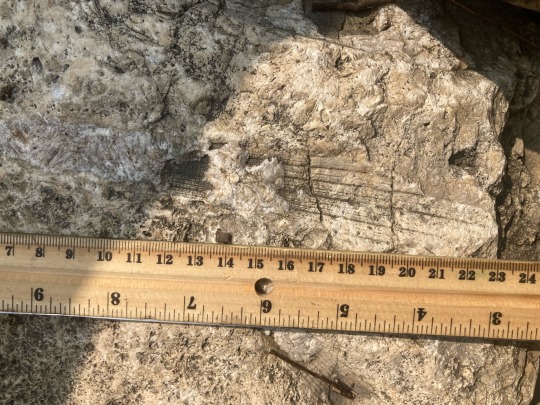


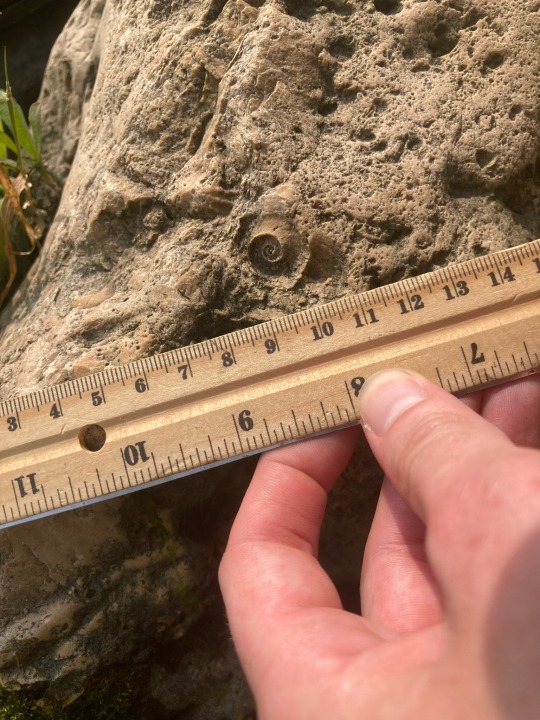
#paleontology#amateur paleontology#photo#sea creature#fossils#coral reef#bivalve#ocean life#my posts#chicago#chicago river
31 notes
·
View notes
Text
@mollymerula and @wilderminds both said they’d steal my fossil rock so here’s some pictures of it. It’s a bunch of crinoid fossils that are pretty small but there’s a lot of them


#I also have some bivalve fossils#I was on a field trip for my geology class in college and we stopped on the side of the road and looked for fossils
3 notes
·
View notes
Photo


a few more fossil molluscs from NZ, that @purrdence found at a B&B on the Fossil Coast. Unfortunately she didn’t ask exactly where the owner had found them, so narrowing down an ID is beyond me, beyond two scallops and what might be a brachiopod.
14 notes
·
View notes